
Nimish Patel, PharmD, discusses UC San Diego’s care offerings in HIV, the challenges of getting care to marginalized populations, and what the addition of lenacapavir means to individuals looking to access PrEP.

Nimish Patel, PharmD, discusses UC San Diego’s care offerings in HIV, the challenges of getting care to marginalized populations, and what the addition of lenacapavir means to individuals looking to access PrEP.

Environmental modeling shows inpatient IV therapy has the highest carbon, water, and waste footprint, while OPAT offers major reductions.

Jennifer Le, PharmD, MAS, FIDSA, FCCP, FCSHP, discusses her collaboration on this innovative work with this therapy in severely ill children.
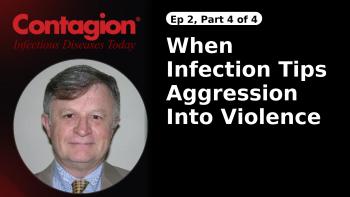
Episode 2, Part 4, Robert Bransfield, MD, connects neural circuits, inflammatory responses to infection, and impulsivity in violent behavior.

Georges C.Benjamin, MD, executive director of the American Public Health Association, details practical implications for clinical teams.
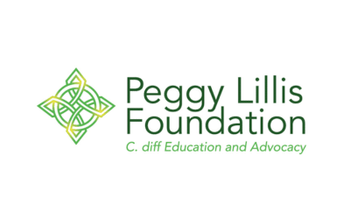
Although the number of people with knowledge about the infection rose, the results demonstrate a continued need for further education and awareness among the public.

Jennifer Le, PharmD, MAS, FIDSA, FCCP, FCSHP, talks about her work on the 2020 vancomycin guidelines for children as well as her efforts to implement Bayesian therapeutic drug monitoring for children in Vietnam.

A CDC report links the rapid growth of NDM-CRE to testing gaps and urges the prompt use of carbapenemase testing, mechanism-guided therapy, and stronger infection prevention measures.

Part 2 on coverage across payers, evidence needs for COVID-19, hepatitis B, and MMRV, and clinician messaging for maternal and newborn protection.

In our continuing conversation with Victor Nizet, MD, he discusses how his laboratory is studying how to repurpose antibiotics that susceptibility testing had shown to not be efficacious against certain infections.
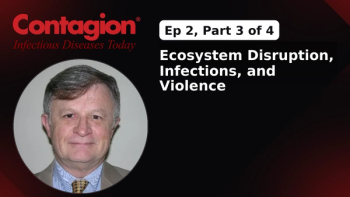
In episode 2, part 3 of 4, Robert Bransfield, MD, explains how ecological change, zoonotic infections, and neurological impairments may contribute to violent behavior.

In part 1 of our conversation, the VP of the NFID discusses ACIP’s recent meeting, including COVID-19 shared decision-making, informed-consent debates, and new policy actions on hepatitis B and MMRV.

Victor Nizet, MD, talks about some of the work his laboratory is exploring, including how they want to take a similar approach to cancer treatment when developing antibiotics as well as the need to modernize susceptibility testing to reflect treatments' true utility.

Insights from Jaya Aysola, MD, MPH, DTMH; and John C. Lin, MD candidate, on clinical workflows, social needs screening, and policy levers.

Pranita Tamma, MD, MHS, discusses recent studies comparing ceftolozane-tazobactam and ceftazidime-avibactam for drug-resistant Pseudomonas infections, emphasizing similar mortality outcomes, high rates of emerging resistance, and the importance of stewardship practices that prioritize preserving ceftazidime-avibactam for broader clinical use.

Merck’s single-dose, weight-independent antibody provides about five months of protection; EC decision pending, and it is already FDA approved in the United States.

Infectious disease pediatrician Sharon Nachman, MD, offers insights on what is already being done in clinical practice with regards to vaccines, the CDC committee's votes on the MMRV and hepatitis b vaccines, and understanding how they will affect these immunizations going forward.
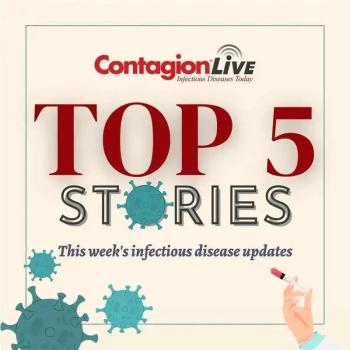
This week, OPAT for gram-negative infections expands to outpatients amid infusion complexity and stability limits, HHS and CDC add five ACIP members days before meeting, and more.
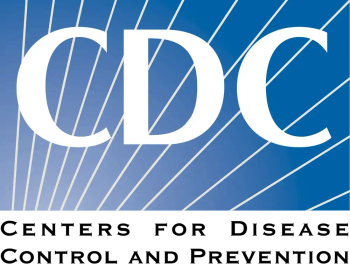
ACIP keeps broad access to COVID-19 vaccines, requests stronger informed-consent materials, and does not require prescriptions.

Victor Nizet, MD, discusses how students can thrive at the university’s Skaggs School of Pharmacy and Pharmaceutical Sciences. He discusses the school's features including its rigorous coursework, focus on research, and community-based health care opportunities.

The non-vote leaves the current immunization recommendation in place, but led to further debate amongst the CDC's ACIP panelists on the hepatitis B vaccine as well as questioning the current process of the delivery of data and whether they would be utilizing working groups and grading studies.

A recent publication describes the results of a clinician survey conducted in 2024 regarding preferences and actual practices in the management of C difficile infection in adults.

The committee voted to change the MMRV vaccine recommendation, left panelists uncertain around a second MMRV immunization vote, and delayed the hepatitis B vaccine vote until Friday.
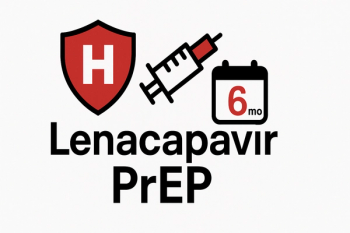
Today’s MMWR recommends twice-yearly subcutaneous lenacapavir for people ≥35 kg, citing PURPOSE-1/2 efficacy, a favorable safety profile with mostly mild to moderate injection-site reactions, and potential adherence benefits.

Eloise Williams, MBBS, BMedSci, MPHTM, FRACP, FRCPA, details how an 8-criterion genomics-plus-clinical framework narrowed 5,881 isolates to 5 strains while prioritizing safety and contemporary relevance.

Bordetella bronchiseptica is a rare human respiratory pathogen that can be initially confused for Bordetella pertussis, leading to potentially inadequate treatment. This article reviews the organism and recent literature on the successful treatment of B bronchiseptica.

Ryan Shields, PharmD, MS, discusses the challenges of incorporating newer antibiotics for gram-negative infections, how he is using broad-spectrum antimicrobial agents for these infections, and the factors he looks for in considering new agents.

TNX-4800 targets OspA to block Borrelia transmission; positive phase 1 data reported and an adaptive phase 2/3 study is planned.

Vincent Lo Re, MD, MSCE, FISPE, reviews HR-pQCT findings, IL-18 and TNF-α declines, and guidance for clinicians.
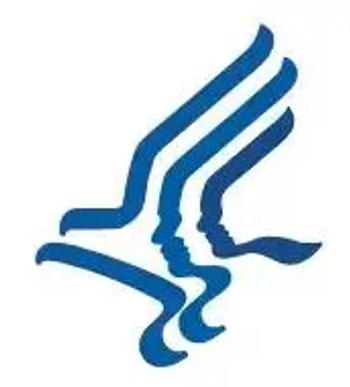
Catherine M. Stein, Evelyn Griffin, Hilary Blackburn, Kirk Milhoan, and Raymond Pollak join ACIP as the panel prepares to vote on MMRV, hepatitis B, and COVID-19 recommendations following the June reconstitution.